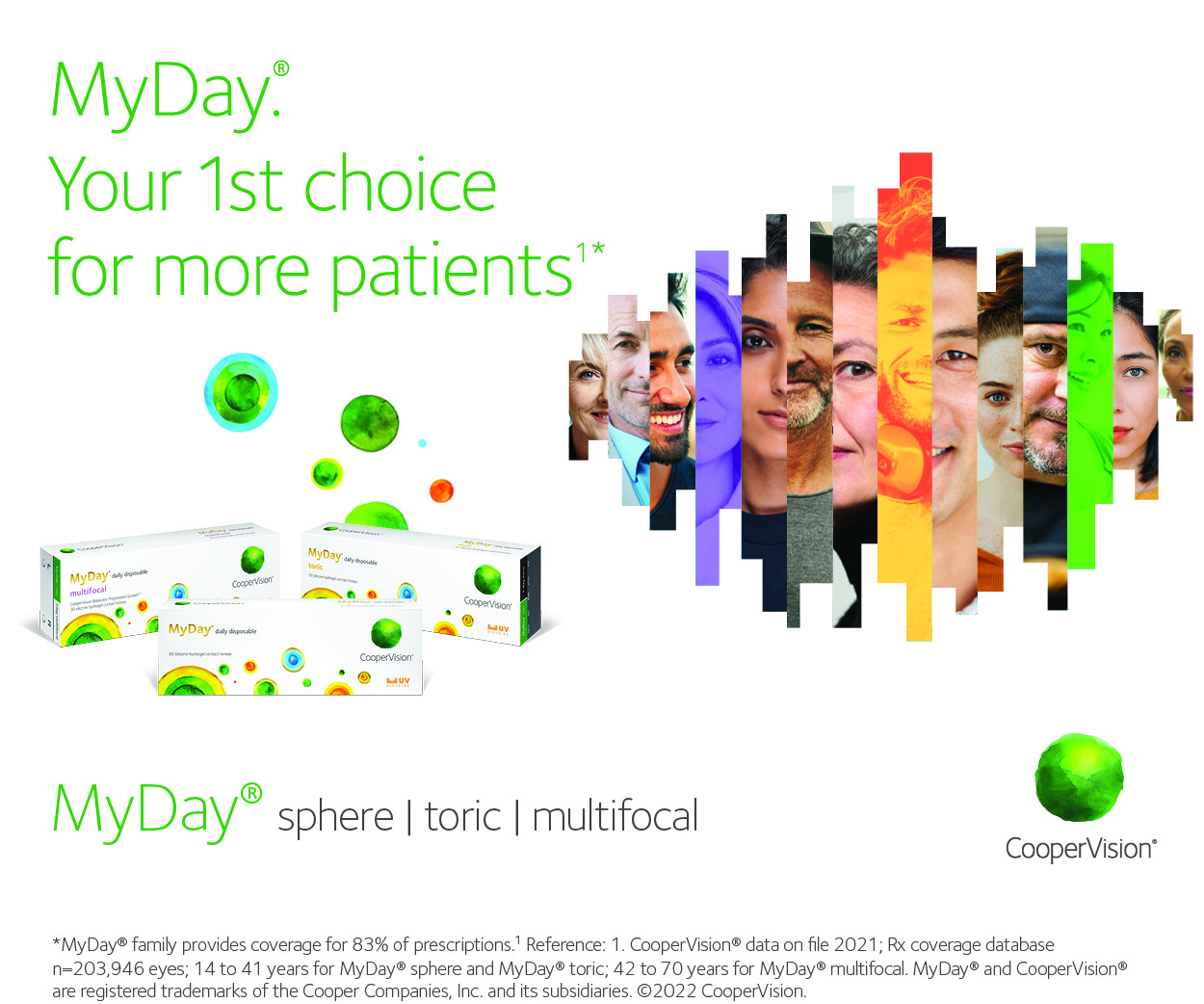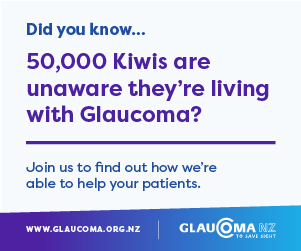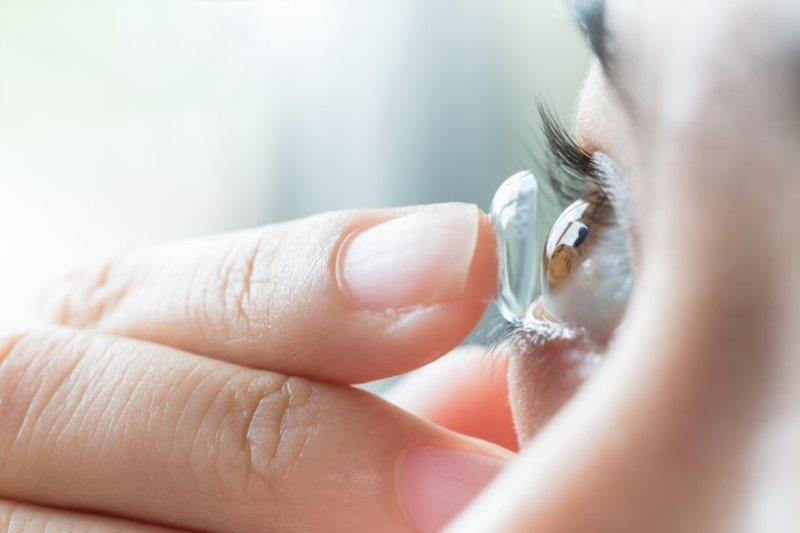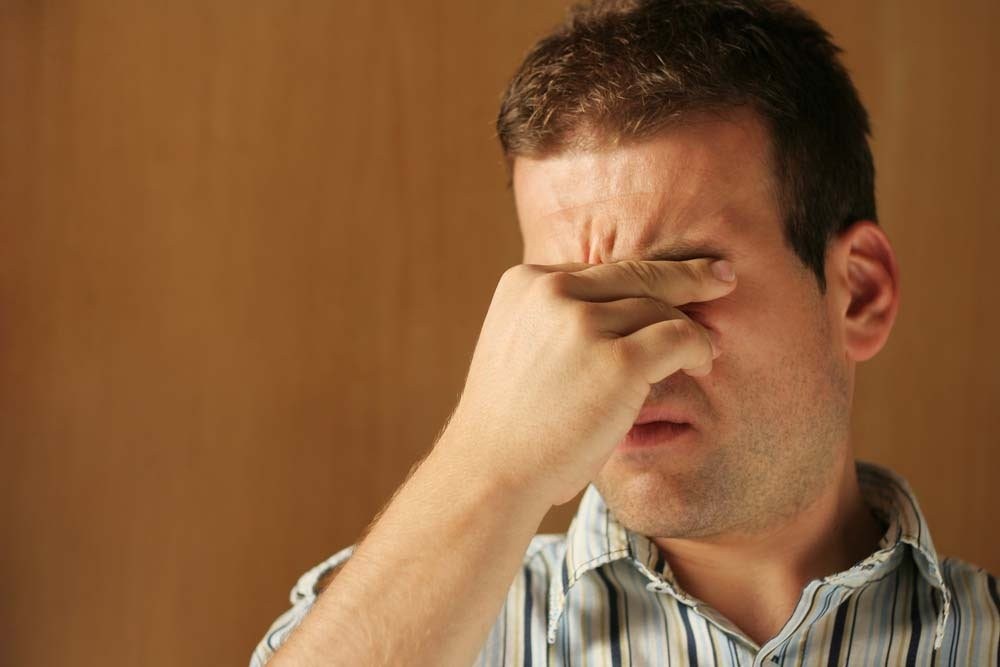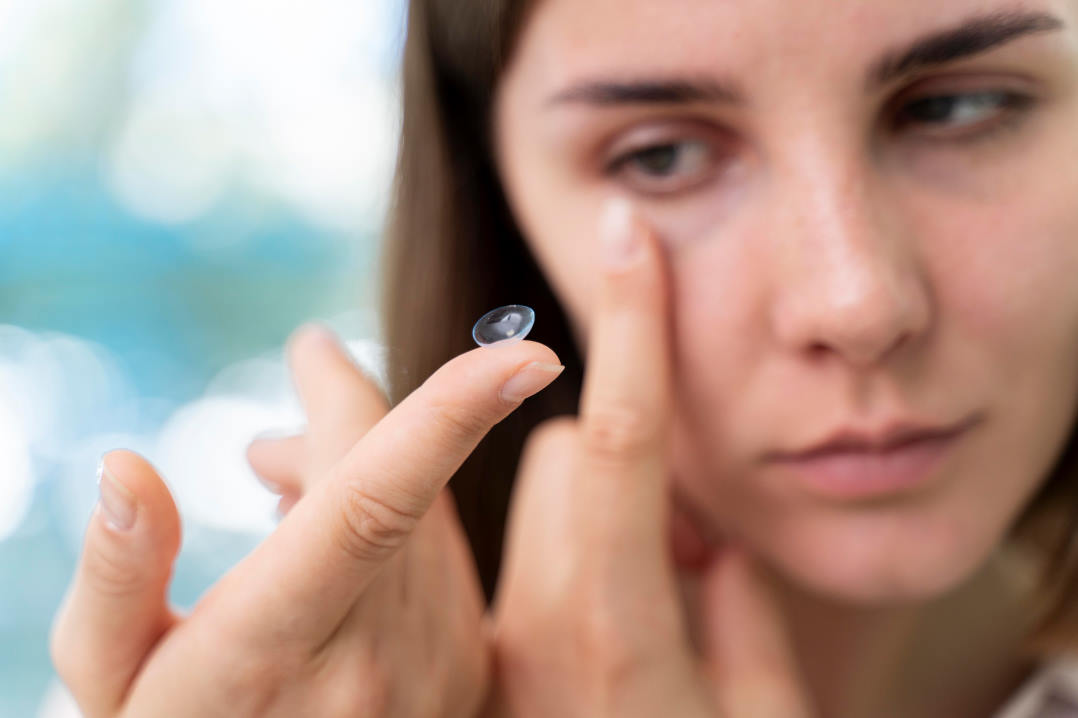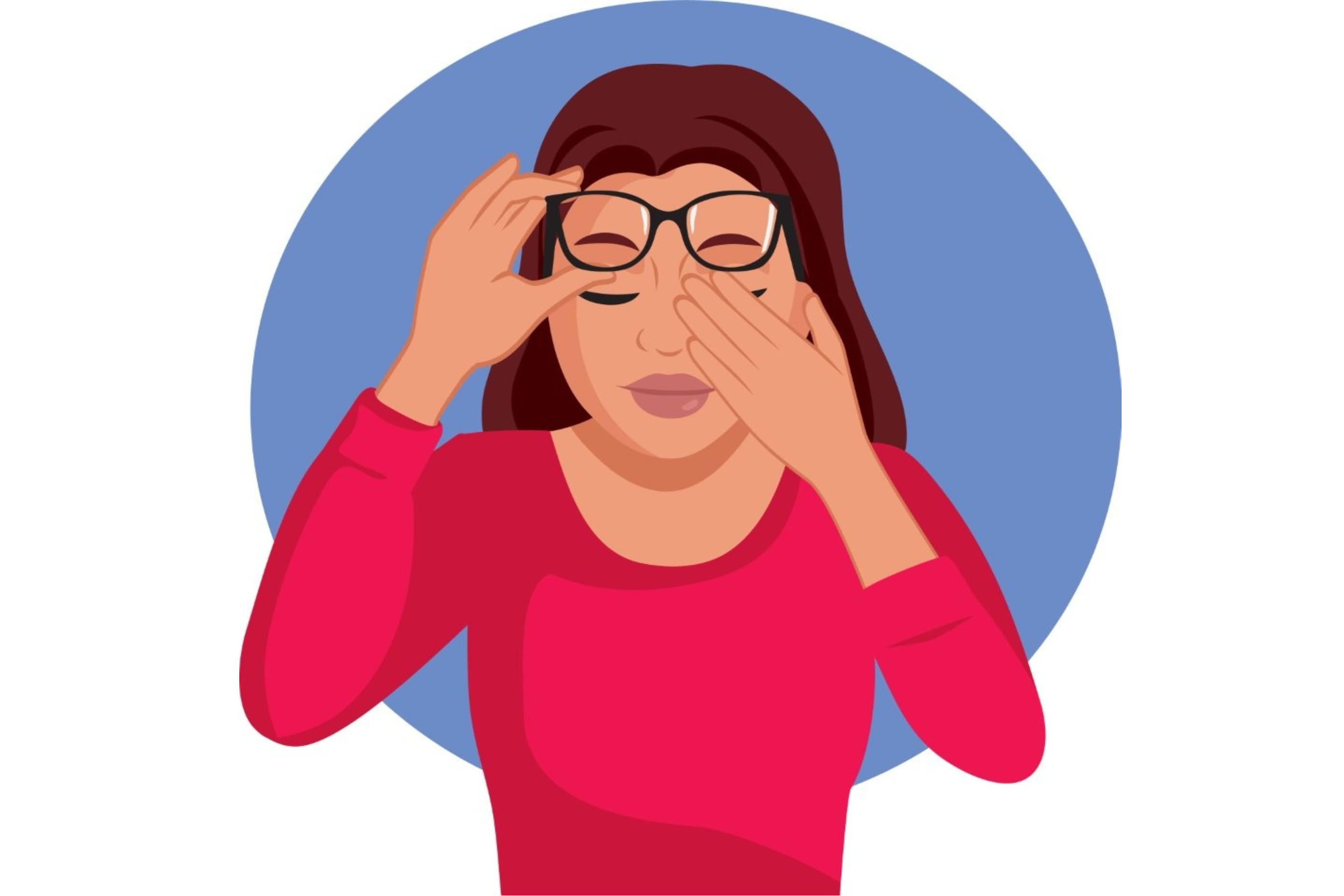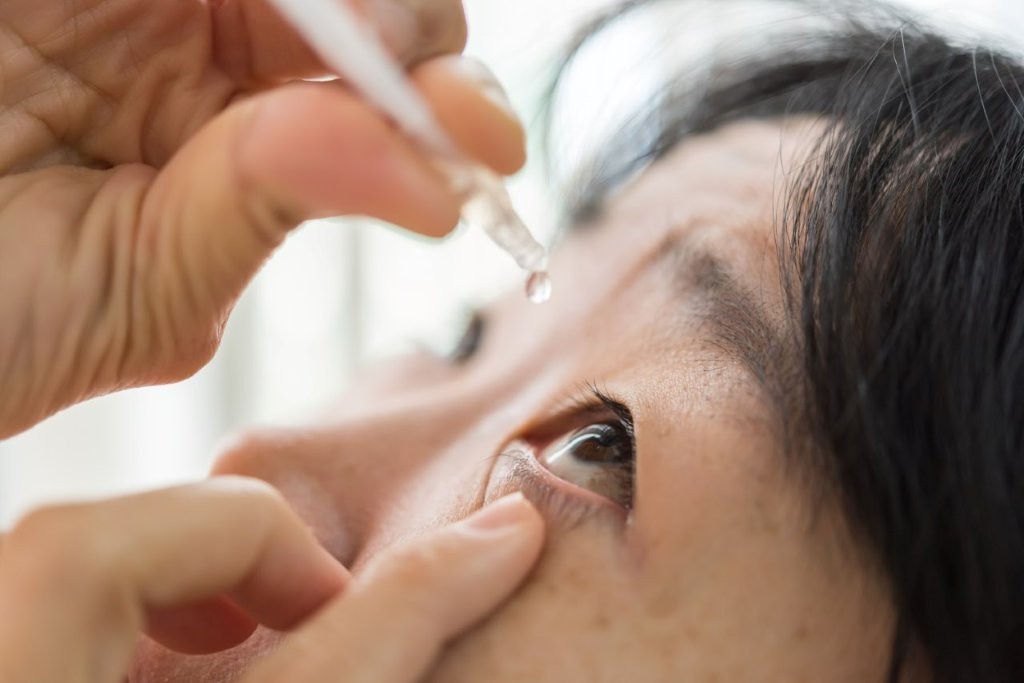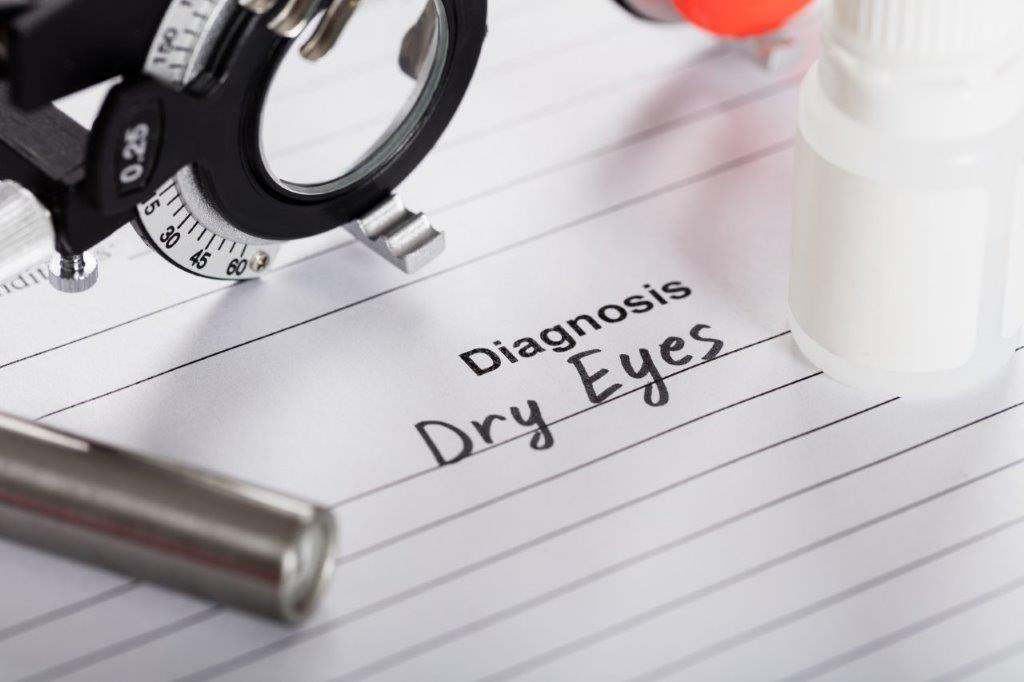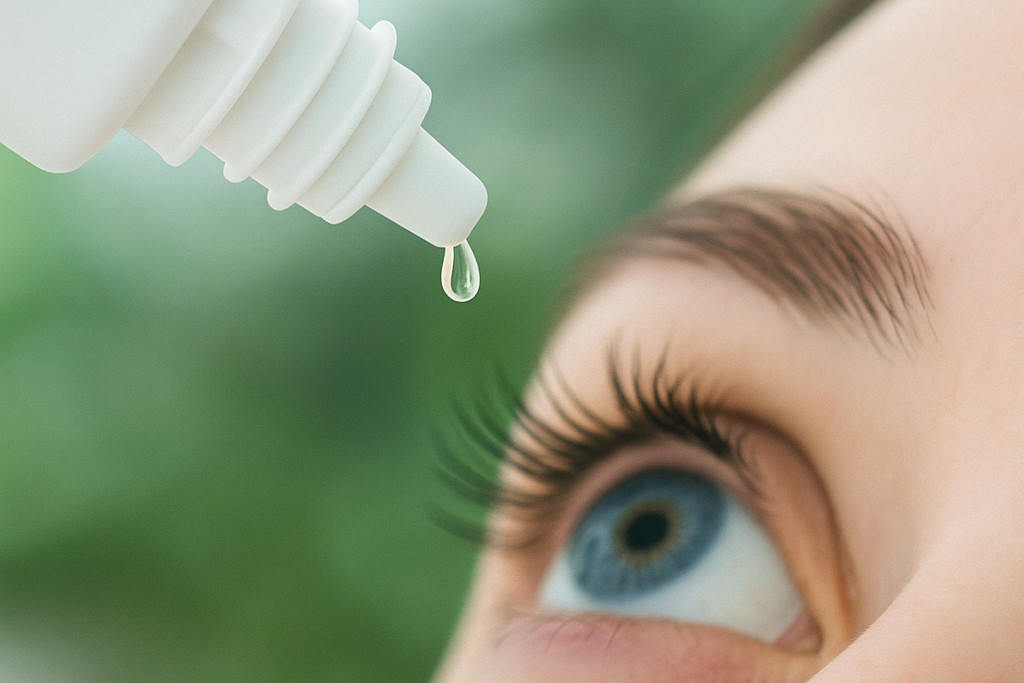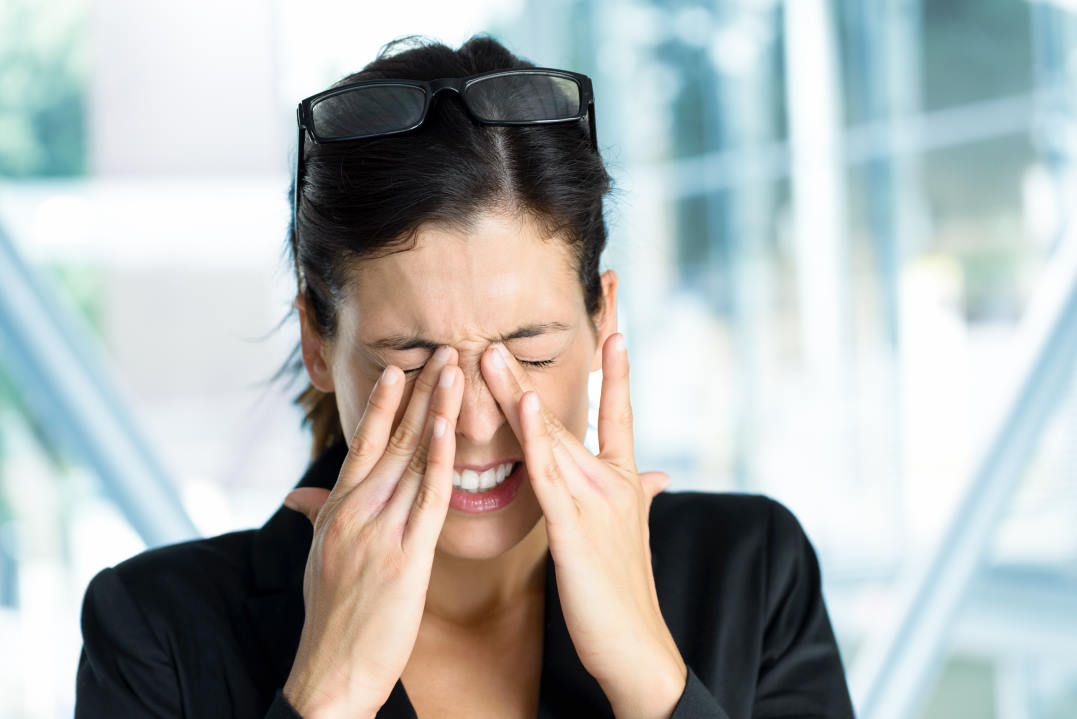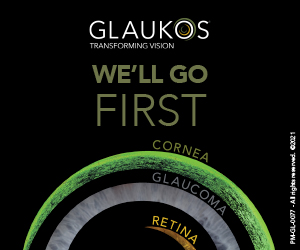How contact lenses disrupt tear film dynamics
The lipid layer, the thin outermost layer of the tear film, plays a critical role in preventing tear evaporation and maintaining ocular surface health. Even a thin but stable lipid layer can support tear film homeostasis1, but this requires frequent and complete blinking, a mechanism often compromised during contact lens (CL) wear.
CLs disrupt natural tear film dynamics by separating it into pre- and post-lens components, leading to tear film instability. This disruption contributes to CL discomfort2, which is a factor in reduced wearing times and eventual lens dropout3. Understanding how CL wear affects the lipid layer relative to baseline characteristics is valuable for clinicians. This study sought to quantify the short-term impact of CLs on the lipid layer and other tear film characteristics in habitual soft CL wearers.
All participants wore a -1.00D silicone hydrogel lens and the tear film was assessed at baseline, before lens insertion and 20 minutes after CL insertion. Lipid layer grades (graded by a masked expert from lipid layer videos captured on a keratograph) dropped by an average of two grades (p<0.05) and the minimum lipid layer thickness (LipiView, J&J) reduced by 20% (p<0.05). Tear meniscus height also decreased (p<0.05) and incomplete blinking increased from 33% at baseline to 50% with lenses. Notably, there was a seven-fold increase in the number of participants displaying a suboptimal lipid layer (≤ grade 2) during CL wear, relative to baseline.
These findings emphasise the need for thorough tear film assessments in CL wearers and highlight the potential for benefits from optimising the lipid layer before and during lens use – even for those with healthy tear films – to reduce the impact of lens on lipid layer and to help enhance the patient’s CL wear experience.
References
1. Craig JP, Tomlinson A. Importance of the lipid layer in human tear film stability and evaporation. Optom Vis Sci. 1997;74(1):8-13.
2. Craig JP, Willcox M, Argueso P, Maissa C, Stahl, U, Tomlinson A, et al. The TFOS International Workshop on Contact Lens Discomfort: Report of the Contact Lens Interactions with the Tear Film Subcommittee. Invest Ophthalmol Vis Sci. 2013;54(11):123-156.
3. Jones L, Efron N, Bandamwar K, Barnett M, Jacobs DS, Jalbert I, et al. TFOS Lifestyle: Impact of contact lenses on the ocular surface. Ocul Surf. 2023;29:175-219.

Dr Kalika Bandamwar is a research fellow with OSL, in the department of ophthalmology at the University of Auckland, and a fellow of the British Contact Lens Association. Her research interests include dry eye disease, ocular surface disease and contact lenses.





